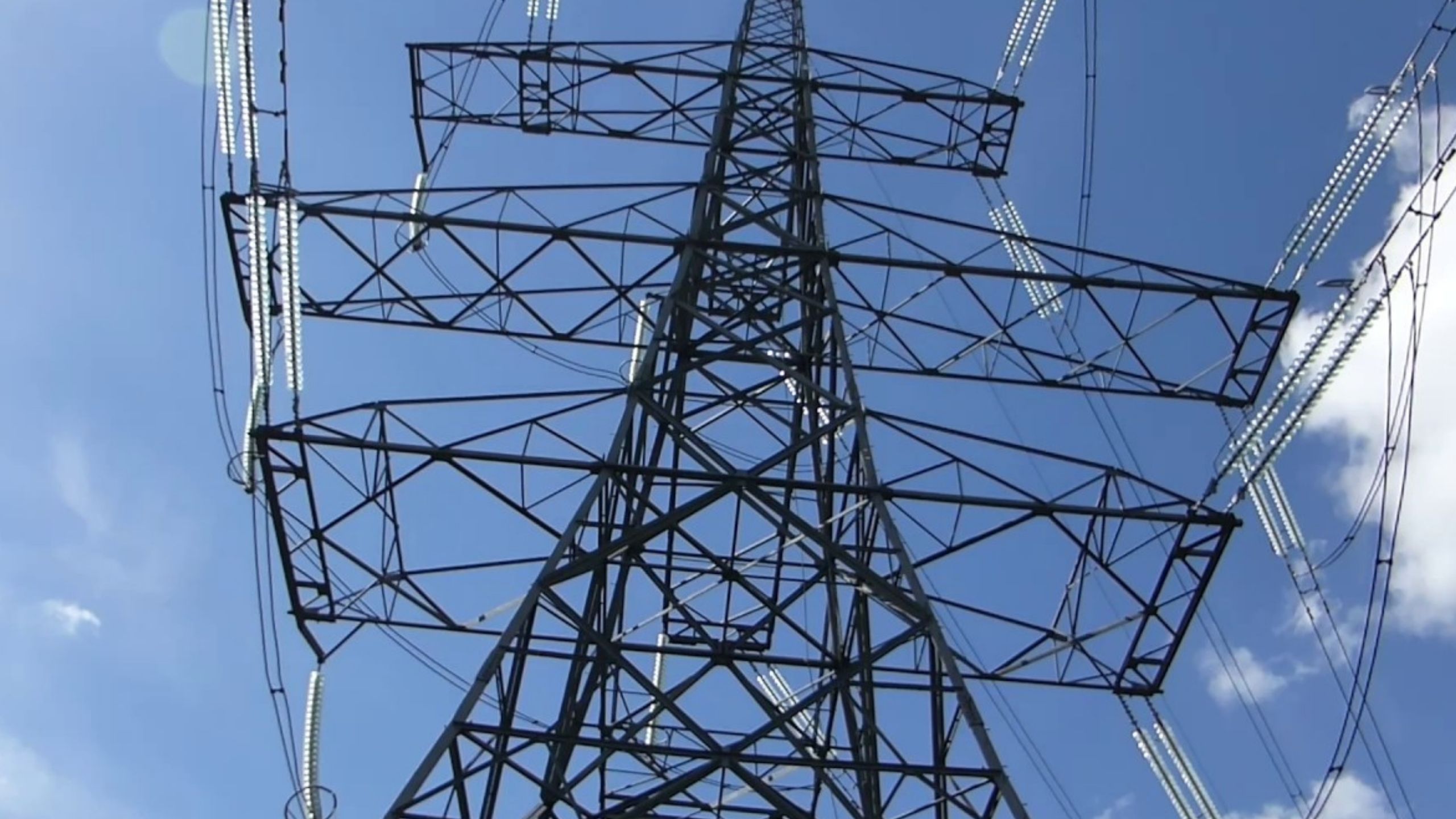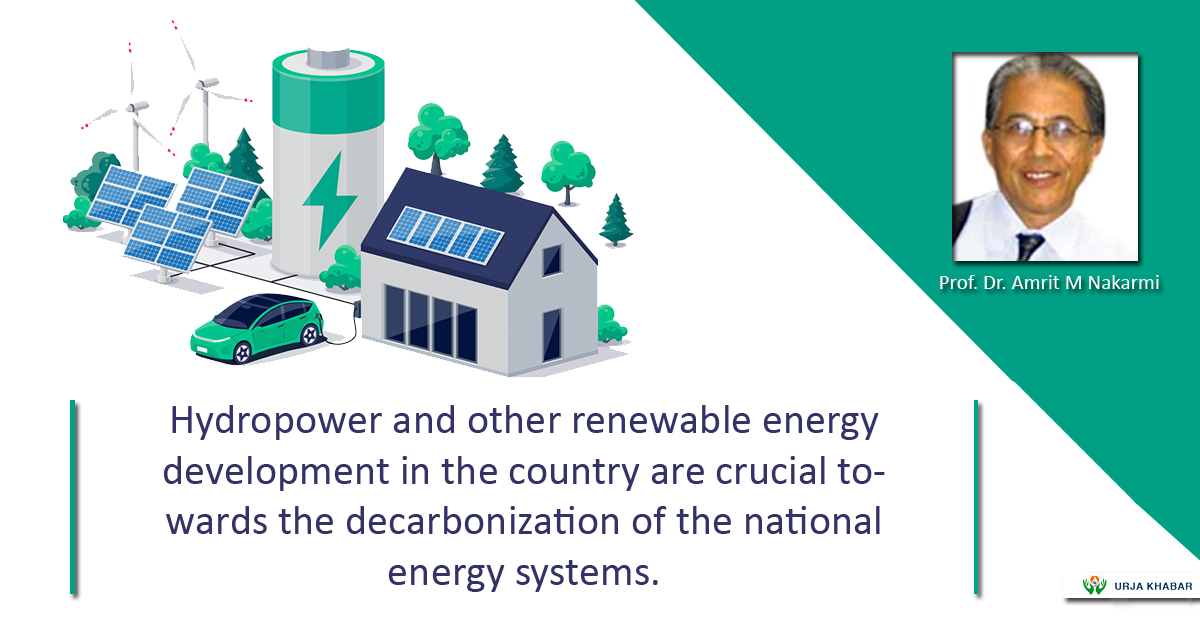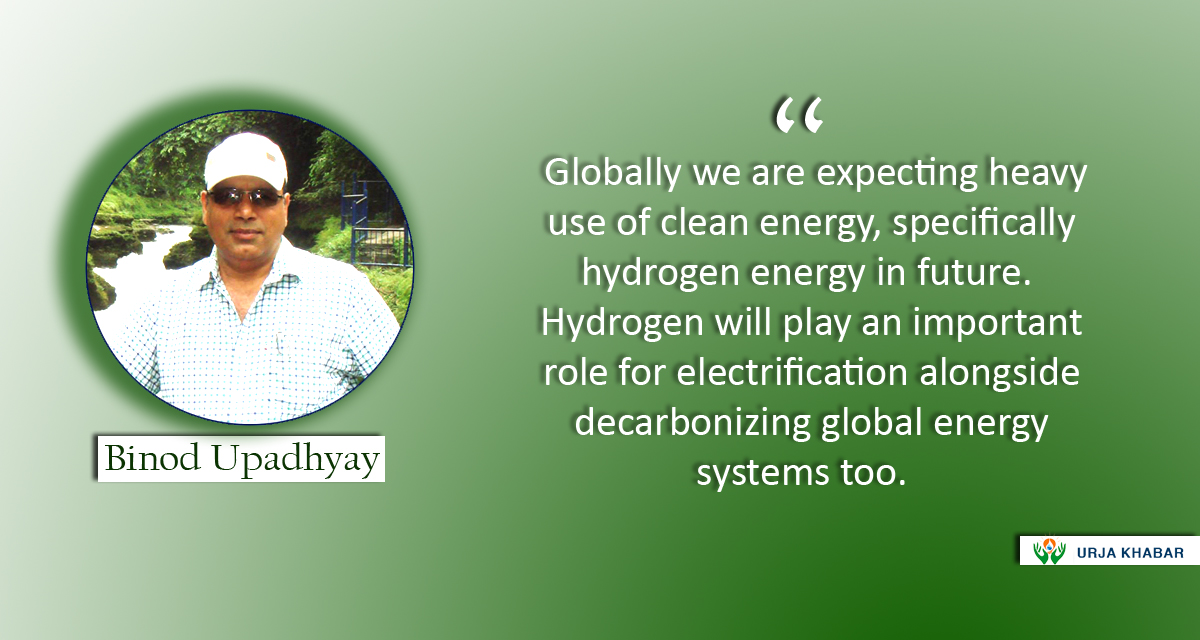Energy Update
China's five-year plan focuses on energy security

LONDON: In the 14th Five-Year Plan, approved by the National People's Congress this month, China has outlined energy and climate policies for the next decade that are an extension of current strategy rather than a radical departure.
The Five-Year Plan (FYP-14) recommits the government in very broad terms to "formulate an action plan for peaking carbon emissions before 2030" and to "anchor efforts to achieve carbon neutrality by 2060."

But at the core of the document are familiar concerns about reducing wasteful energy consumption, boosting efficiency, improving energy security, and curbing pollution that have been central objectives for 40 years.
In the post-1949 era, China's central economic problem has been a lack of enough affordable, domestically produced and non-polluting energy to satisfy the country's modernisation and urbanisation.

"One of the main constraining factors in China's quest to raise living standards, modernize, and become a major world power has been a persistent shortage of energy," economic historian Elspeth Thomson wrote in 2003.
"Energy shortages have greatly hindered the industrial, agricultural and social development of China", she explained in a comprehensive history of "The Chinese Coal Industry" published in 2003.
DEFAULT CHOICE
China has abundant and easily recoverable coal resources near the surface in most areas, but especially in the north centred around the province of Shanxi.By contrast, easily exploitable sources of oil and gas have proved consistently disappointing and nowhere near enough to meet the country's rapidly growing need for energy.
As a result, oil and gas imports have become an increasing burden on the country's balance of payments as a well as a threat to national security.The discovery and development of the supergiant Daqing and Shengli oilfields in the 1960s briefly promised to end the country's heavy reliance on coal, and even turn China into a major oil exporter.
By the late 1980s, however, production from Daqing and Shengli was peaking, and no further readily exploitable major discoveries had been made, forcing a renewed focus on coal.In 1993, China turned into a net oil importer as domestic consumption outstripped domestic production, and the gap has grown steadily since.
China had become the largest importer in the world by 2019, importing more than 10 million barrels per day, and relying on imports to meet almost 75% of its consumption.For similar reasons, China has also become one of the world's largest natural gas importers, relying on imports to meet more than 40% of its domestic needs.
The problems with relying on coal as the primary source of energy have been well understood by Chinese and international policymakers since at least the 1980s.Moving huge volumes of unwashed and unprocessed coal from mines to power plants has put immense pressure on the country's rail network and periodically contributed to congestion.
Coal's contribution to urban air pollution, acid rain, and climate change was extensively analysed in a landmark report on "China: Long-Term Development Issues and Options" published by the World Bank in 1985.But lacking affordable and secure alternatives, China was forced until recently to rely on coal for more than 70% of its total energy long after countries in North America and Europe switched to cleaner burning and more convenient fuels.
WASTING ENERGY
The other defining characteristic of China's energy system has been its enormous consumption of energy per unit of industrial output and gross domestic product, far higher than in any other country.China's energy consumption per unit of output was 4-6 times higher than European countries in the mid-1980s and of course of most of that energy came from burning coal, either to produce heat or generate electricity.
For decades, China's economy has had an unusually high share of industrial output in GDP, rather than services, and has specialised in energy-intensive industries such as steel, chemicals and cement.But even allowing for the country's heavy industrial bias, energy consumption has also been extraordinarily inefficient because of the small-scale of many industrial plants, continued use of outdated equipment, poor operational practices, and lack of cost controls.
Since the launch of reform and opening in 1978, government policy has placed a high priority on curbing the growth in energy consumption and increasing energy efficiency.For the last four decades, energy use has increased at roughly half the rate of gross domestic product. Some of the improvement reflects growth of the service sector but there have been real gains in energy efficiency in the manufacturing sector.
URBAN POLLUTION
By the 1980s, the great migration from rural areas to the cities, combined with the use of small inefficient stoves for cooking and heating, was causing severe urban smog problems, especially in northern cities.The government's initial response was to require industrial enterprises to retrofit higher smokestacks and other pollution controls and relocate major sources of pollution away from central urban areas.
In the residential and commercial sector, individual stoves for cooking and space heating were replaced by district heating systems, which were more efficient and could be fitted with better pollution controls.The government subsequently encouraged more use of bottled gas and kerosene, as well as gas manufactured from coal, then eventually a shift to pipeline natural gas, to reduce pollution at street level further.
Smaller, older and less-efficient power generating units were replaced by larger, more advanced and efficient units, fitted with pollution capture technology.Replacement of direct coal burning by oil, gas and electricity for industrial, commercial and residential users, and boiler upgrades for remaining coal users, has contributed to a significant improvement in energy efficiency.
FUTURE STRATEGY
In most respects, the strategy outlined in FYP-14 is a natural extension of these earlier policies, and represents a cautious evolution rather than revolution.FYP-14 outlines new targets for increasing energy efficiency and reducing emissions (chapter 3 - main goals); reducing the share of fossil fuels in energy consumption (chapter 11 - building modern infrastructure); cutting air pollution (chapter 38 - continuous improvement of environmental quality); and increasing energy security (chapter 53 - strengthening national economic security).
In recent decades, China has enthusiastically embraced zero-emission energy from wind, solar, hydro and nuclear, as well as the electrification of the energy and transportation systems, because it offers the chance to reduce the reliance on coal without increasing dependence on imported oil and gas.China is already the world's largest producer of hydroelectric and renewable power because there is a compelling economic and national security case for moving to non-fossil fuels.
If the promotion of non-fossil energy sources and emissions reductions allows China to claim a diplomatic benefit by showing the country is serious about tackling global warming that is an additional bonus.But most of the policies outlined in FYP-14 would be essential for the country's economic development even if the government were not concerned about climate change.
If FYP-14 is analysed from a Chinese perspective, rather than a Western one, it is obvious the need to provide increasing volumes of secure, affordable and non-polluting energy to ensure continued economic growth and rising living standards is at the heart of the plan, just as it has been the core of plans since the early 1980s.
Reuters
Conversation
- Info. Dept. Reg. No. : 254/073/74
- Telephone : +977-1-5321303
- Email : [email protected]













